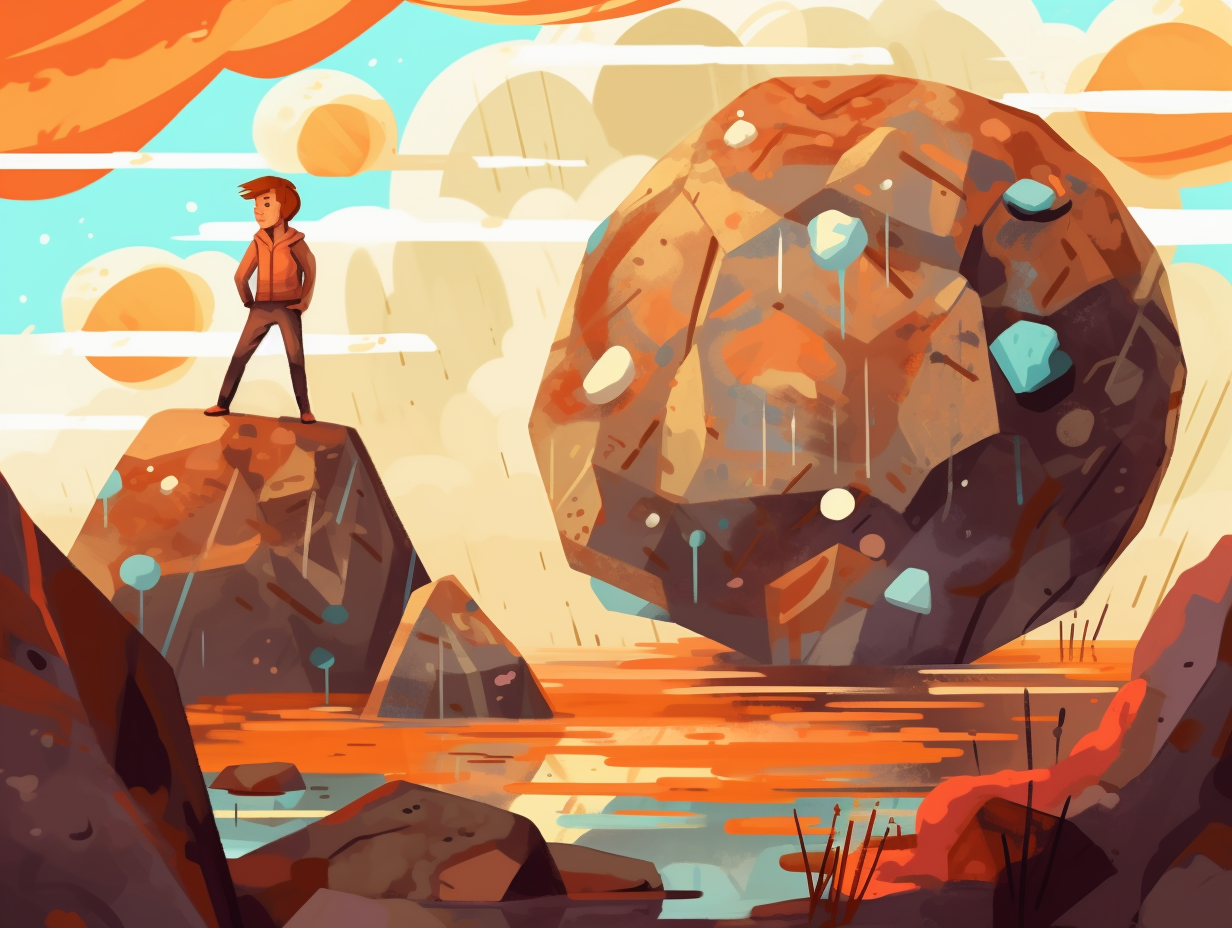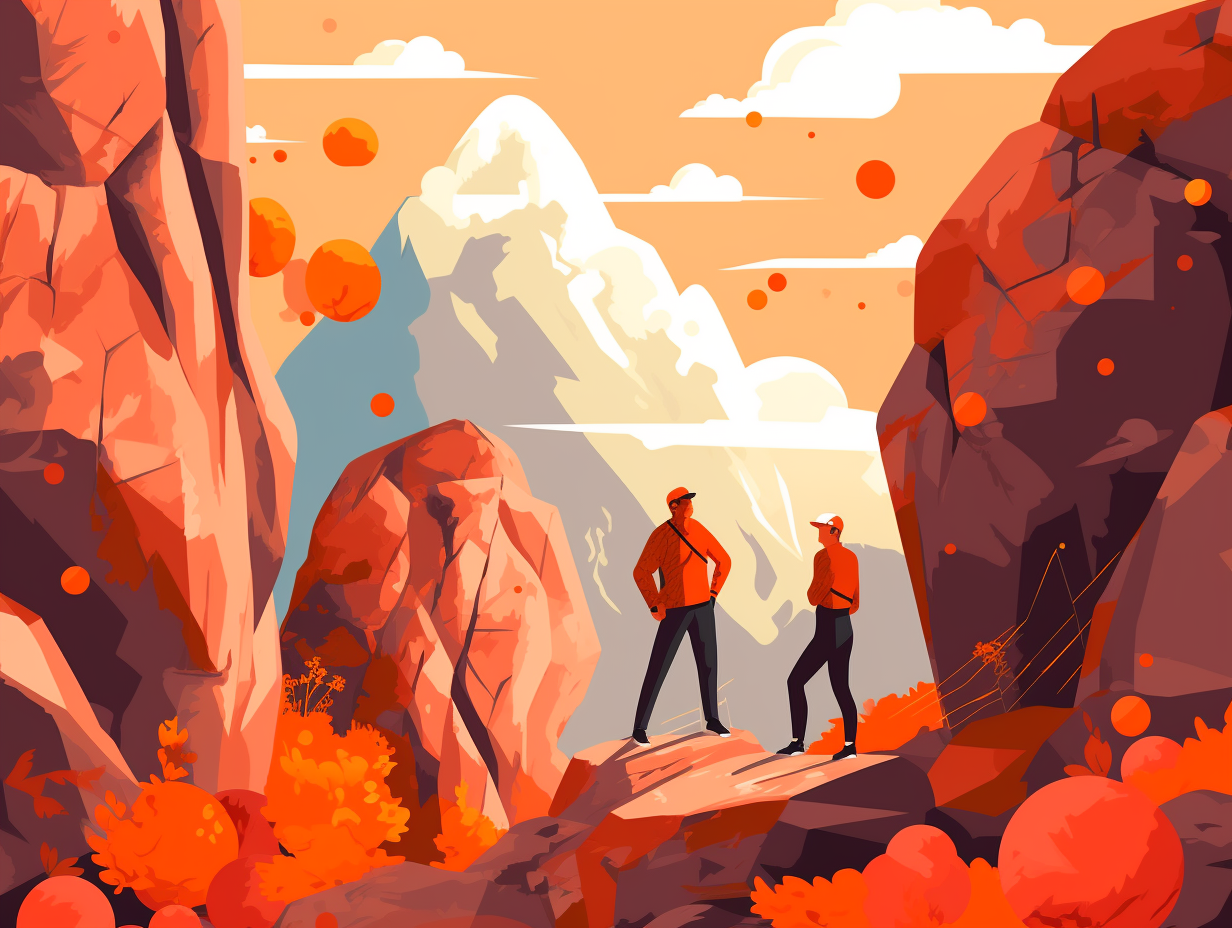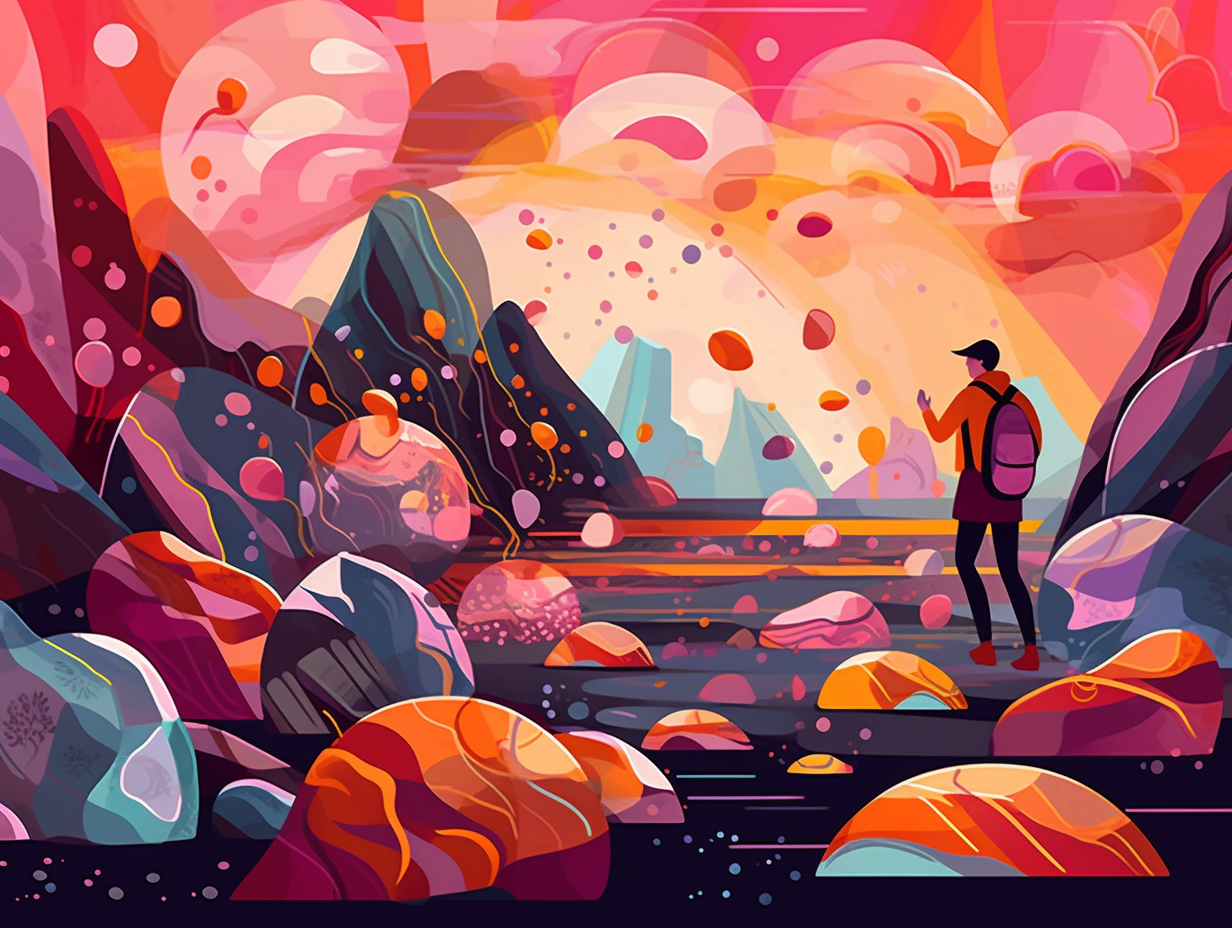Discover the Top 12 Mind-Blowing Fun Facts About Dolomite Rock!

1. Coral Reefs' Tectonic Makeover
Long before Dolomite was slang for a classy drink, it was the star of an age-old sitcom called "Fossilized Coral meets Tectonic Collision": Dolomite is a unique rock found in the Italian Alps, born over 250 million years ago from underwater coral reefs and transformed into majestic landscapes by the epic encounter of the African and European tectonic plates.
Source => suedtirol.info
2. Napoleon Sets Dolomite Discoverer Free
Who needs a "Get out of Jail Free" card when you've got Napoleon on your side? Déodat Gratet de Dolomieu, a French geologist and likely Monopoly enthusiast, found himself caught between a rock and a hard place after a stormy mix-up on the high seas: The man responsible for discovering dolomite was imprisoned in Sicily for 21 months, causing an uproar among Europe's intellectual elite and eventually prompting none other than Napoleon Bonaparte to secure his release in the peace treaty of Florence in 1801.
Source => en.wikipedia.org

Did you know ancient Egyptians were huge fans of limestone? It played a starring role in the construction of their iconic pyramids, temples, and statues. Discover more about the original rock star!
=> Fun Facts about Limestone
3. Coimbra's Dolostone Diet
If walls could talk, the ones in Coimbra would boast about their fantastic dolomite diet: This charming Portuguese city showcases a unique architectural style thanks to the extensive use of dolostone, the star mineral in dolomite, in the construction of its historic buildings and monuments, lending a "gilded aspect" and an air of distinction to the cityscape.
Source => mdpi.com
4. Dolomite Mountains' Sneaky Magnesium
In a world where mountains are named after minerals and not the other way around, Mount Dolomite might just be the head honcho of the gang – tough, sturdy, and hiding a "magnesium" secret up its rocky sleeves: The Dolomite Mountains were christened in honor of French geologist Déodat de Dolomieu, who uncovered the distinctive mineral dolomite, a carbonate rock resembling limestone but boasting sneaky magnesium atoms in place of some calcium atoms, dating back to the Triassic period around 230 million years ago when the legendary Tethys Ocean reigned supreme.
Source => landscapes-revealed.net

5. Marmolada, the Royal Dolomite Queen
If mountains could wear crowns, the Marmolada would be holding the title of "Queen of the Dolomites," strutting around like royalty with a glacier for a cape and a multi-kilometer cliff for a fashionable hat: This grandiose mountain, standing at 3,343 meters (10,968 feet) above sea level, is the highest peak in the Dolomites with multiple summits – Punta Penia taking the lead. Alongside its innate fabulousness, the Marmolada also bears historical significance, having been part of the World War I frontline and a site of intense mine warfare on the Italian Front.
Source => en.wikipedia.org
6. Krubera Cave's Domination of the Deep
If caves could cave in on their own depth records, the Krubera Cave would be burrowed in accolades: This colossal chasm located in the Arabika Massif of the Gagra Range in Abkhazia, Georgia, became the world's deepest at 2,199 meters (7,215 ft) in 2001, and held onto its title with Gennadiy Samokhin's record-breaking dive to 52 meters in 2012.
Source => en.wikipedia.org
7. Dolomite Powder: Vegan Powerhouse
Move over, Popeye and spinach: dolomite powder derived from limestone is a vegan superhero for calcium and magnesium! This dynamic duo of essential minerals fuses their powers to support healthy muscles, bones, and tickers: KAL Dolomite Powder not only provides a pristine ingredient source for these vital nutrients but also flexes its versatility in a smooth, powdered form, ready to jazz up your meals and drinks in the name of health and wellness.
Source => kalvitamins.com
8. Dolostone: Limestone's Cool Cousin
Step aside, limestone – there's a new rock in town that doesn't lose its cool when faced with acid: Dolostone, also known as dolomite, contains a blend of 54.28 percent calcium carbonate and 45.72 percent magnesium carbonate, giving it a subtler demeanor when reacting with hydrochloric acid, only revealing its true colors in powdered form. This versatile mineral resource struts its stuff in heat insulation, calcium-based food supplements, construction applications, and even as agricultural limestone, proving that it's more than just a prima donna in the geology world.
Source => geology.arkansas.gov
9. Dolomite Crystals: Rock Chameleons
Dolomite crystals must've been the chameleons of the mineral kingdom, strutting their stuff in colors like white, brown, green, and even a zesty orange: These trend-setters are renowned for their saddle-shaped rhombohedral twin habits, often mingling with high society minerals like calcite, fluorite, and barite, as well as humbly shaking hands with quartz and occasionally hobnobbing with the flashy gold.
Source => healingwithcrystals.net.au

10. James Bond's Imported Snow Spectacle
When Q and Moneypenny went skiing, 007 gave "For Your Eyes Only" a whole new meaning by summoning a frosty white blanket from nearby lairs: During the shooting of the iconic Bond movie in the Dolomite Mountains, snow had to be imported from surrounding heights to clad the Cortina d'Ampezzo ski resort, despite the region typically boasting a 100-200-inch annual snowfall.
Source => dolomitemountains.com
11. The Dolomite Peaks: Alpine Rock Stars
If alpine rock stars formed a band, they'd call themselves "The Dolomite Peaks" and tour through the mountainous regions of northeastern Italy: This breathtaking landscape not only attracts outdoor enthusiasts but serves as an exceptional study in the recovery of marine life during the Triassic period, boasting incredibly well-preserved Mesozoic carbonate platform systems and fossils.
Source => whc.unesco.org
12. Multitasking Rock: Dolostone to the Rescue
If ever you find yourself feeling a bit crushed or down in the dumps, remember that even rocks can take it all in stride – meet the versatile dolomite, the ultimate multitasker: This sedimentary rock, known as dolostone, doesn't just sit there looking pretty; it can be cut into blocks for construction, crushed for use as road base or railroad ballast, added to soil and potting mixes as a magnesium supplement, and even help to beef up your average cow as a feed supplement for livestock!
Source => mineralexpert.org
Related Fun Facts




















